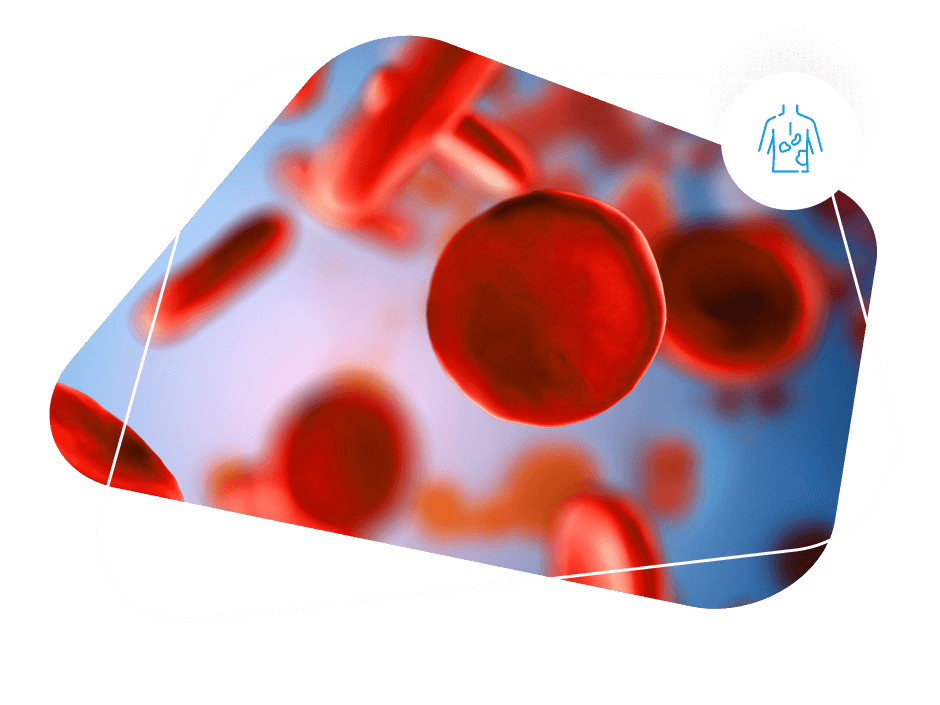ITP is a rare autoimmune condition characterized by low blood platelet counts. In this condition, the immune system destroys normal platelets, which can lead to easy or excessive bruising and bleeding. Some cases appear after a viral or bacterial infection, immunizations, exposure to a toxin, or in association with another illness such as lupus or HIV. Still, the specific cause of this condition is unknown.
The incidence of ITP is approximately 1.6- 3.9 per 100,000 adult individuals worldwide and 1.1- 5.8 per 100,000 individuals among children and has an overall female-to-male ratio of 2:1.
The symptoms of ITP vary from person to person. Most people with ITP suffer from spontaneous bruising. Some have tiny red dots on the skin (petechiae) caused by broken blood vessels or leaks in a capillary wall. Other symptoms include blood blisters inside the cheeks or blood in the urine or stool.
People with mild immune thrombocytopenia may need nothing more than regular monitoring and platelet checks. Children usually improve without treatment. Most adults with ITP eventually need treatment, as the condition often becomes severe or long-term (chronic).
Treatment may include several approaches, such as medications to boost the patient’s platelet count or surgery to remove the spleen (splenectomy) if the medication is not sufficiently effective.
